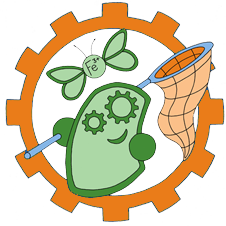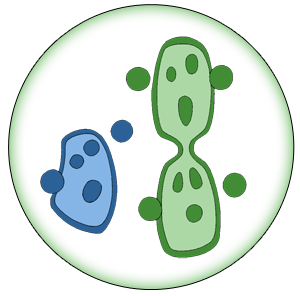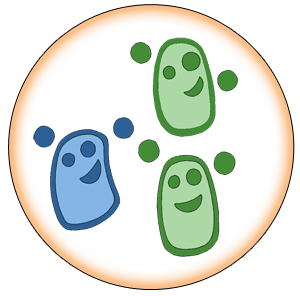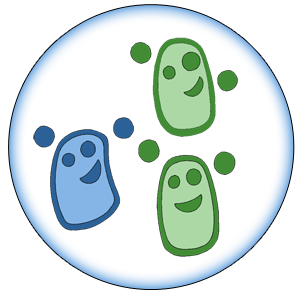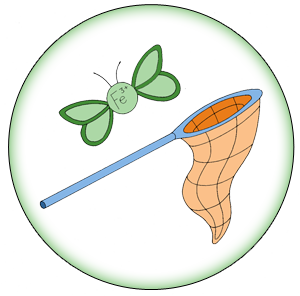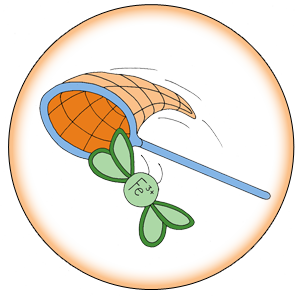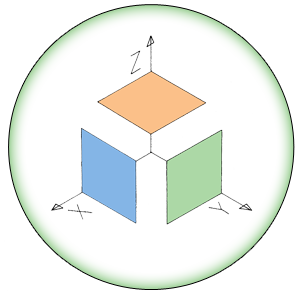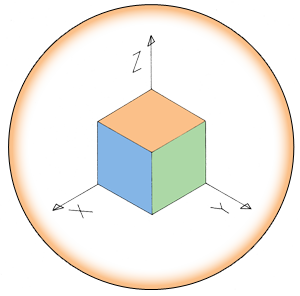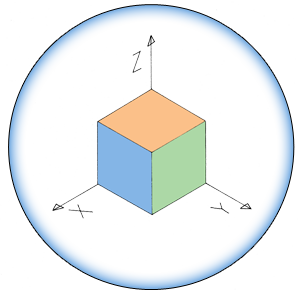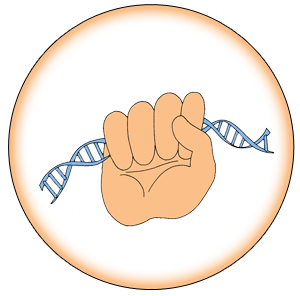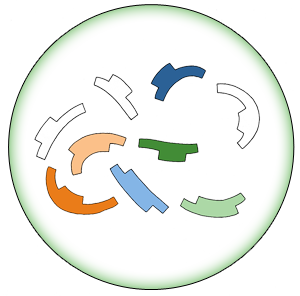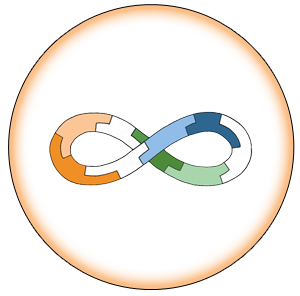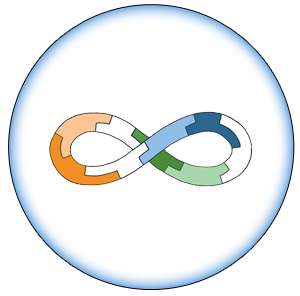Team:Edinburgh/Modeling
From 2013.igem.org
Hristianita (Talk | contribs) |
Hristianita (Talk | contribs) |
||
| Line 4: | Line 4: | ||
<div class='content'> | <div class='content'> | ||
| + | <h3>Motivation</h3> | ||
| + | Synthetic biologists often design genetic circuitry in isolation, taking little consideration of the host cells in which these circuits will operate. They tend to create specific, local models which don't capture the circuits' interactions with other host components. This is an oversimplification because the circuit genes and products interact with the host cell in various ways: | ||
| + | • The circuit is dependent upon the resources and machinery available to the cell – so if resources are scarce, this is likely to hinder the circuit transcription and translation. | ||
| + | • The cell needs to replicate, translate and transcribe the additional genes inserted into it and this draws upon the host’s resources which could otherwise be used for metabolism and growth. As a result, if the circuit is long or the genes on it are overexpressed, this can slow down the growth of the host cell. | ||
| + | • The gene products of the circuit might interact with the cell metabolism in an undesirable manner. For example, they might be toxic to the host. Alternatively, some of the host's metabolic enzymes might inhibit the circuit's production rate; an obviously unwanted side effect. | ||
| - | + | Failing to take account of those interactions and their consequences at the design stage can cause designs to fail or be sub-optimal. | |
| - | + | <h3>Goals</h3> | |
| + | |||
| + | With this in mind, we decided to introduce the concept of whole-cell modeling to iGEM. The idea is to have a model of the host cell, capturing key factors of its life cycle and metabolism. This model can be very abstract and high-level, or very detailed and fine-grained, depending on the data available and on the specific application. We can then insert specific circuit models into this whole-cell model and run a simulation of the newly created system. In this way, we are able to see how the circuit would operate in the wider context of the cell, and to understand the implications of the host-circuit interactions. In this way, we can create better-informed designs, which have a symbiotic rather than a parasitic relationship with their host. | ||
| + | |||
| + | It would be even cooler if this whole-cell model could be accessible and easy to use by everyone. That’s why we decided to have a simulation platform running the whole cell model, in which you can easily add specific circuit models by just inserting them as a black-box module. Black-box means that the simulation platform wouldn’t care how the module is programmed and how it works; all it needs to know is how the module modifies the cell state (e.g. substance amounts, environment variables, resource availability, etc.) in a given amount of time. | ||
| + | |||
| + | This idea can be extended to make the whole-cell model itself into a module which can run in the simulation platform. Thus it would be possible to choose the specific whole cell model you want to use from a library of models, or to create and program your own one. It may also be possible to turn on and off some features/processes of the whole cell model, thus customizing it to be more coarse-grained or more fine-grained according to your preferences. | ||
| + | |||
| + | With this ambitious view in mind, we set off to explore this idea and make a first few steps towards implementing it. | ||
</div> | </div> | ||
{{Team:Edinburgh/Footer}} | {{Team:Edinburgh/Footer}} | ||
Revision as of 14:01, 4 October 2013
Motivation
Synthetic biologists often design genetic circuitry in isolation, taking little consideration of the host cells in which these circuits will operate. They tend to create specific, local models which don't capture the circuits' interactions with other host components. This is an oversimplification because the circuit genes and products interact with the host cell in various ways: • The circuit is dependent upon the resources and machinery available to the cell – so if resources are scarce, this is likely to hinder the circuit transcription and translation. • The cell needs to replicate, translate and transcribe the additional genes inserted into it and this draws upon the host’s resources which could otherwise be used for metabolism and growth. As a result, if the circuit is long or the genes on it are overexpressed, this can slow down the growth of the host cell. • The gene products of the circuit might interact with the cell metabolism in an undesirable manner. For example, they might be toxic to the host. Alternatively, some of the host's metabolic enzymes might inhibit the circuit's production rate; an obviously unwanted side effect.
Failing to take account of those interactions and their consequences at the design stage can cause designs to fail or be sub-optimal.
Goals
With this in mind, we decided to introduce the concept of whole-cell modeling to iGEM. The idea is to have a model of the host cell, capturing key factors of its life cycle and metabolism. This model can be very abstract and high-level, or very detailed and fine-grained, depending on the data available and on the specific application. We can then insert specific circuit models into this whole-cell model and run a simulation of the newly created system. In this way, we are able to see how the circuit would operate in the wider context of the cell, and to understand the implications of the host-circuit interactions. In this way, we can create better-informed designs, which have a symbiotic rather than a parasitic relationship with their host.
It would be even cooler if this whole-cell model could be accessible and easy to use by everyone. That’s why we decided to have a simulation platform running the whole cell model, in which you can easily add specific circuit models by just inserting them as a black-box module. Black-box means that the simulation platform wouldn’t care how the module is programmed and how it works; all it needs to know is how the module modifies the cell state (e.g. substance amounts, environment variables, resource availability, etc.) in a given amount of time.
This idea can be extended to make the whole-cell model itself into a module which can run in the simulation platform. Thus it would be possible to choose the specific whole cell model you want to use from a library of models, or to create and program your own one. It may also be possible to turn on and off some features/processes of the whole cell model, thus customizing it to be more coarse-grained or more fine-grained according to your preferences.
With this ambitious view in mind, we set off to explore this idea and make a first few steps towards implementing it.

| 
| | | | 
|
| This iGEM team has been funded by the MSD Scottish Life Sciences Fund. The opinions expressed by this iGEM team are those of the team members and do not necessarily represent those of MSD | |||||
 "
"

